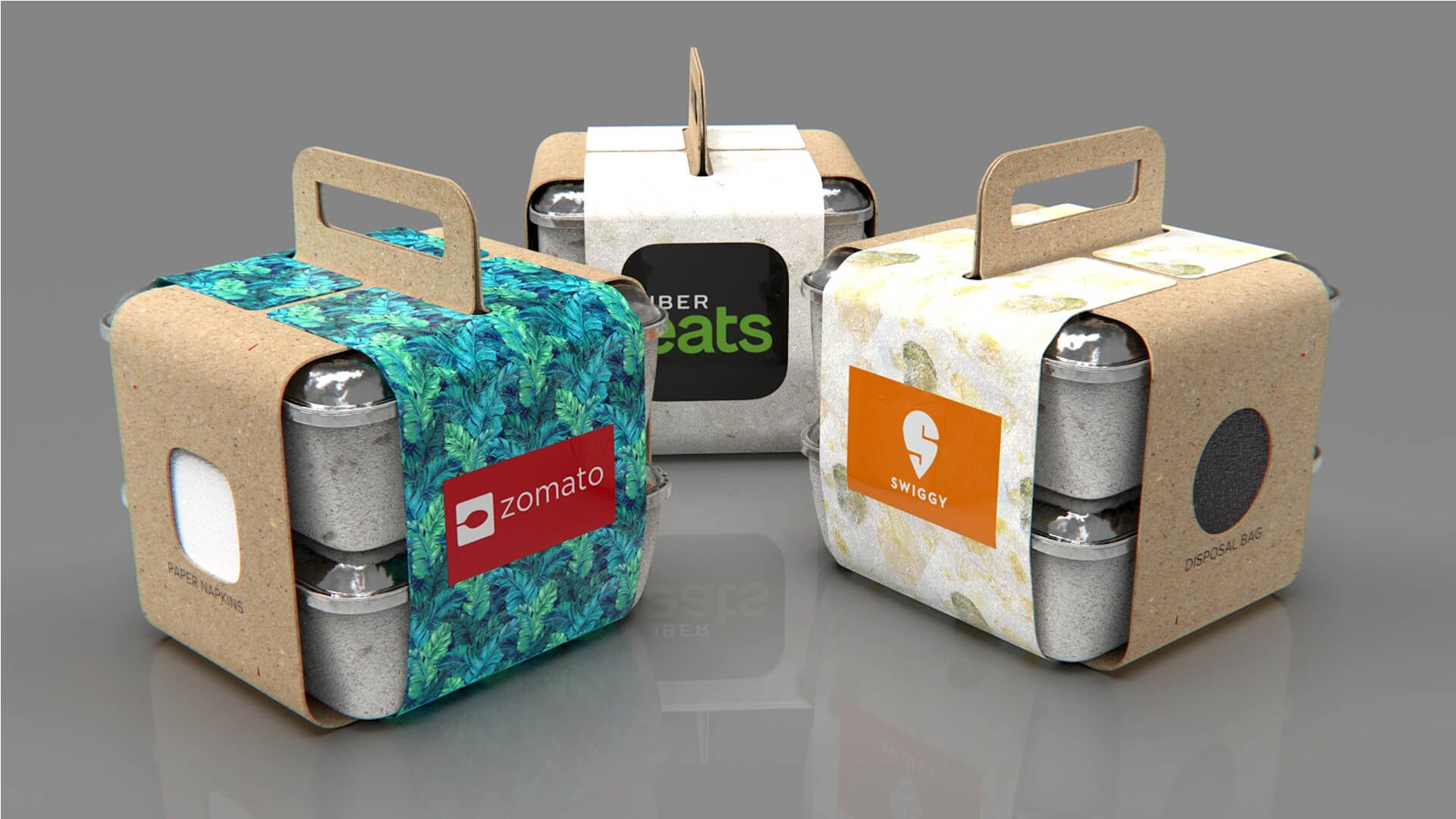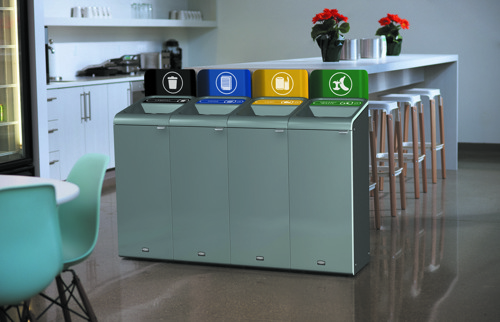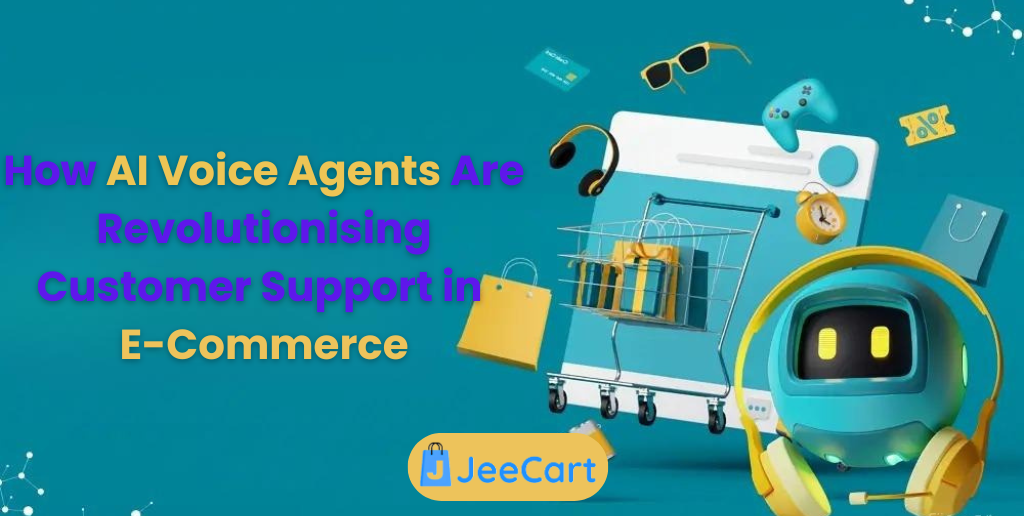Today’s world has eco-aware consumers, and packaging is more important than ever.
It doesn’t matter if you are an e-commerce brand, a local food business, or a manufacturer; going sustainably with your packaging is an exceptional business strategy and an excellent way to help the planet.
Today’s customers care about where and how their products are made and what material has been used for packaging.
Are you curious about this fancy sounding term, Green Packaging?
This comprehensive blog will take you step by step through all the essentials of green packaging: its definition, significance, the optimal materials to use, and the initiation process.
Let’s not waste any more time & straightaway dive into the details.
Why Is Sustainable Packaging Important?
Sustainable packaging isn’t merely a buzzword; it’s a reaction to a worldwide catastrophe.
Each year, more than 350 million tons of plastic are produced, with over 50% made for temporary use.
They often end up in oceans, landfills, or are burned, polluting our environment and putting wildlife at risk.
Switching to eco-friendly packaging:
- Reduces carbon emissions
- Minimizes waste
- Promotes a circular economy
- Enhances your brand’s image
- Meets growing customer demand for sustainability
In short, it’s a win-win for your business and the planet.
What Is Green Packaging?
Green packaging refers to any type of packaging that is environmentally friendly and makes conscious efforts to minimize plastic waste.
Eco-friendly packaging solutions that are:
- Decomposable: Breaks down naturally without causing harm to the ecosystem.
- Recyclable or Compostable: It can be converted into new materials and safely returned to the natural environment.
- Minimalism: Uses a smaller amount of resources during production.
- Non-toxic: Formulated without harmful chemicals.
There are many types of eco-friendly packaging, such as corrugated boxes, compostable mailers, and mushroom packaging. Seaweed wraps are also a popular type.
Green Packaging for Food: Safe & Smart
When it comes to food packaging, many factors are taken into account. It has to maintain freshness, ensure safety for consumption, and be responsible for environmental considerations.
Food packaging comes in many forms, but here are some that are popular:
- Sugarcane Containers (aka Bagasse) – These are made from leftover sugarcane and can be composted.
- Corn Starch Films – It may seem like a plastic wrap, but made from corn. Compostable and surprisingly sturdy.
- Kraft Paper Bags – The OG of eco-packaging. Strong, simple, and made mostly of plant fibers. When recycled, they get a second life as new paper.
- Bamboo Trays & Glass Jars – Reusable, cute, and totally Instagrammable. You can use them again and again!
Why go green? Here’s the scoop:
- Keeps your food fresh without weird chemicals
- Reduces waste in landfills
- Appeals to eco-lovers and health-conscious foodies
Green Packaging Examples from Real Brands
Below are several examples that demonstrate how companies have adopted sustainable packaging:
1. Lush Cosmetics
Lush isn’t just about sweet-smelling bath bombs—they’re also making a splash in sustainable packaging! Their signature black pots are made from post-consumer recycled plastic, giving old materials a fresh new purpose.
On top of that, they invite customers to return their empty pots through a fun return program. Bring back five, and you’ll even get a free face mask. It’s a beautiful blend of pampering and planet-friendly action!
2. Amazon
They substituted paper cushions for bubble wrap and now print using water-based inks.
3. Swiggy & Zomato

Image source: behance.net
Tested biodegradable containers and utensils for environmentally responsible meal deliveries.
4. Local direct-to-consumer brands
Corrugated boxes with soy-based inks and no plastic fillers are what small businesses now prefer. These brands show that sustainability does not equate to making functional or aesthetic compromises.
Environmentally-Friendly Materials Used in Green Packaging
- Cardboard: Long-lasting and tops in recycling.
- Kraft Paper: It is not only biodegradable, but also quite strong.
- Packaging made from mycelium: It is made using molds and breaks down naturally in just a few weeks.
- Bioplastic from cornstarch: A great alternative to plastics that are made from petroleum.
- Film made from seaweed: This packaging is made from seaweed. You can even eat it! It’s safe for the environment, and it’s unique too.
- Glass and aluminum: These materials are reusable and recyclable. They can be utilized again and again without losing quality.
In the past few decades, recycling glass and aluminum has become more efficient. When we recycle these materials, we save energy, reduce carbon emissions, and conserve natural resources.
Solutions to Make Packaging Green
Want to make your packing more environmentally friendly? Here’s how to get started with simple, practical changes.
1. Audit Your Current Packaging

Examine closely what you are using currently. Determine what is recyclable, what is not, and where you can cut down on waste or unnecessary layers.
2. Switch Suppliers
Collaborate with associates who have expertise in sustainable materials. They facilitate the sourcing of eco-friendly alternatives without any hassle.
3. Simplify the Design
Keep packaging simple. Use only one type of material so it’s easier to recycle and reuse. Mixing materials makes recycling harder.
4. Educate Your Customers
Make it easy for customers to recycle or compost your packaging. A good design helps people do the right thing without thinking too much. If someone can recycle it without extra effort, you’ve done a great job!
5. Opt for Local Sourcing
Opting for nearby suppliers minimizes transport emissions. Furthermore, it often proves to be the swifter and more economical route. Transforming your packaging to make it green is not about attaining perfection; it’s about making smart, sustainable choices. And every step you take in that direction makes your brand a lot more sustainable.
Issues That Affect Some Sustainable Packaging Solutions
Achieving an ecologically sustainable world has its problems.
- Increased Expenditures: This will be particularly noticeable during the initial phase.
- Supply Chain Shortages: Certain materials may not be easily accessible in all locations.
- Eco-friendly marketing can be misleading. Brands may falsely market packaging as being eco-friendly.
- Inaccessibility of Facilities: In all regions, composting and recycling facilities are not easily accessible.
These concerns can be dealt with through appropriate planning, alliances, and educating the consumer.
Green Packaging Design: Principles and Best Practices
Rethinking packaging means using eco-friendly materials and designing it to do less harm.
Let’s dissect some crucial principles and intelligent practices:
1. Less is More
The first rule of eco-design? Don’t overdo it. Avoid redundant layers of plastic, foam, or boxes. Keep to what is essential. Minimal packaging means using fewer resources, creating less waste, and saving money.
Use a single, strong box that fits the product well instead of a box within a box.
2. Choose the Right Materials
Choose materials that can be recycled, composted, or used again. Consider kraft paper, recycled cardboard, mushroom packaging, or cornstarch bioplastics. These materials are not only eco-friendly but also have a very premium feel in customers’ hands.
Bonus tip: Always verify that your selected materials comply with food-grade or safety standards.
3. Opt for Eco-Friendly Inks and Dyes
The stunning branding on your box? Ensure the inks used are safe and weirdly natural. Soy-based or water-based inks do the job exceptionally well. They don’t compromise at all on color vibrancy either; they perform to the same standard you would expect of a box in your price range.
A big difference is made in recyclability by this small change.
4. Design for Easy Disposal

Don’t mix materials that look alike but are different, like plastic film with paper or foil-lined boxes. It confuses people and makes recycling really hard.
Instead, create labeling that is clear and can go directly into the recycling or compost bin with the packaging.
5. Make It Reusable
Why make packaging that gets thrown away after one use? Try designing it so people can reuse it for something fun or useful. Like, a strong tote bag could double as a kid’s backpack, or a tin could become a cool container for something else. It’s a great way to reduce waste and support the circular economy!
6. Tell Your Sustainability Story
Communicating good design is equally important. A tiny note or a printed message on the packaging can enlighten customers about your eco-ethics.
Tell them why you chose environmentally better materials. Trust is established, and this encourages another purchase from eco-aware shoppers.
7. Custom Yet Simple
You don’t need to create intricate shapes and patterns. Maintain a clean, functional design, and feel free to personalize it with stamps, notes of gratitude, or biodegradable decals. Those are the small details that make your packaging worth remembering.
How a Green Packaging Company Can Transform Your Business
Partnering with a green packaging firm can handle a lot of your concerns. These specialists know the eco-materials, the rules and regs, and the consumer-insider stuff from top to bottom.
They assist you in choosing the appropriate packaging for your item, minimizing waste, and even enhancing your brand’s appearance—all while being environmentally friendly. It is akin to having an eco-conscious companion that progresses alongside you.
In addition, you gain access to innovation, like new biodegradable materials or printing methods, that keep your brand fresh and responsible.
When you partner with eco-friendly packaging brands, you’re not merely purchasing packaging but investing in a sustainable and environmentally responsible future for your business.
Packaging Marketing Strategy for E-commerce Brands
Here’s how green packaging boosts your e-commerce game:
- Boosts Customer Loyalty: Shoppers love brands with a purpose.
- Increases Social Shares: Unboxing eco-friendly packaging? That’s Insta-worthy.
- Reduces Returns: Durable green materials protect products better.
- Enhances SEO: Sustainability-focused brands often perform better in searches.
Pro tip: Add a card telling customers how they’re helping the planet. It creates an emotional connection.
FAQs About Green Packaging
1. What is green packaging made of?
It can be made of recycled cardboard, kraft paper, bioplastics, mushroom foam, and other compostable or recyclable materials.
2. Can green packaging be used for food?
Yes! Many biodegradable containers are food-safe and used in the F&B industry worldwide.
3. Is green packaging expensive?
Slightly, in the short term. But it pays off with better brand image, customer loyalty, and reduced environmental impact.
4. How can I make the switch to green packaging?
Start small: audit your current materials, reduce waste, and partner with green suppliers.
5. What are the most eco-friendly packaging materials?
Recycled cardboard, kraft paper, mushroom foam, seaweed film, and plant-based plastics top the list.







